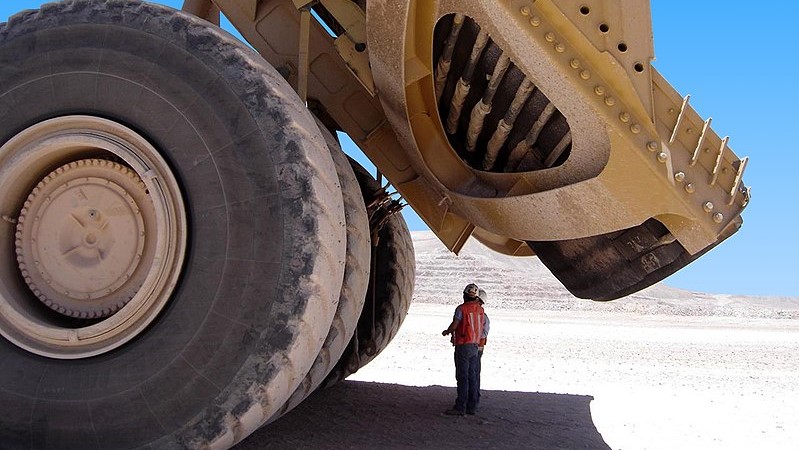Copper catalyst efficiently turns CO2 into useful fuels

Researchers at Brown University have found a way to fine-tune a copper catalyst to efficiently produce complex hydrocarbons — known as C2-plus products — from CO2.
In a study published in the journal Nature Communications, the scientists report that the catalyst can produce C2-plus compounds with up to 72% faradaic efficiency. According to them, this is far better than previously reported efficiencies of other catalysts for C2-plus reactions.
They also report that the preparation process can be scaled up to an industrial level fairly easily, which gives the new catalyst potential for use in large-scale CO2 recycling efforts.
The catalyst could aid in large-scale recycling of CO2 at mine sites
“There had been reports in the literature of all kinds of different treatments for copper that could produce these C2-plus with a range of different efficiencies,” said Tayhas Palmore, a professor of engineering who co-authored the paper with Ph.D. student Taehee Kim.
“What Taehee did was a set of experiments to unravel what each of these treatment steps was actually doing to the catalyst in terms of reactivity, which pointed the way to optimizing a catalyst for these multi-carbon compounds.”
Based on previous studies, Kim experimented with a variety of halogenation methods, as this process that coats a copper surface with atoms of chlorine, bromine or iodine in the presence of an electrical potential could increase a catalyst’s selectivity of C2-plus products. After much testing, he zeroed in on which halogen elements and which electrical potentials yielded catalysts with the best performance in CO2-to-C2-plus reactions. He found that the optimal preparations could yield faradaic efficiencies of between 70.7% and 72.6%, far higher than any other copper catalyst.
The researchers say that, ultimately, such a catalyst could aid in large-scale recycling of CO2, for example, at mine sites, power plants and other industrial facilities, to then convert it into other useful carbon compounds.
More News
{{ commodity.name }}
{{ post.title }}
{{ post.date }}



Comments
lloyd
i find this site a great aid to investing